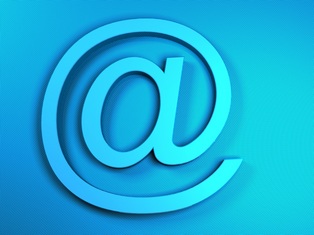
OP: Organizational Purpose
Aside from last week’s suggestion to always open a work email with a friendly greeting, the next item included in an email should be the organizational purpose. The organizational purpose states what the intentions of the email are and the reasons for writing. The purpose defines the context and explains necessary rationale for any upcoming requests. While it may seem obvious why you are writing the email, it may not be so obvious to the receiver.
If I am emailing a client, for example, I might begin by writing something like “As we discussed earlier on the phone, attached is the contract for our upcoming newsletter project.” While I could assume that my recipient knew the purpose of the email, I’ve eliminated any assumptions by reminding him of our earlier conversation and the ultimate purpose of delivering the contract.
TT: Technical Task
Once the framework has been established, the next article to include in an email is the technical task. This is the action or undertaking you are asking the receiver to complete.
Building off the above example of sending a contract to a client, my technical task is to outline the procedures for signing and returning the contract and ask that the client do so within a reasonable timeframe. Identifying the task explicitly avoids ambiguity and follows a logical approach since I have already set the stage with the organizational purpose.
RP: Rhetorical Purpose
After the technical task has been outlined, ending the email by asserting the rhetorical purpose is often beneficial, especially if the receiver is someone you are newly in contact with. In essence, the rhetorical purpose can serve to recap the organizational purpose or extend beyond that to define long-term goals.
In the sending a contract to a client example, my rhetorical purpose is to create a long-running relationship with that client and to become their go-to writer. Adding a line or two at the end of the email indicating my enthusiasm in working together is one way to define the rhetorical purpose of not only this one specific email, but to many more communication exchanges to come.
Whenever in doubt of how to begin writing a business email, follow the OPTTRP rules and remember each element need not be lengthy—it just needs to communicate clearly your purpose, the task, and the rhetorical outcome of those items.





 RSS Feed
RSS Feed
